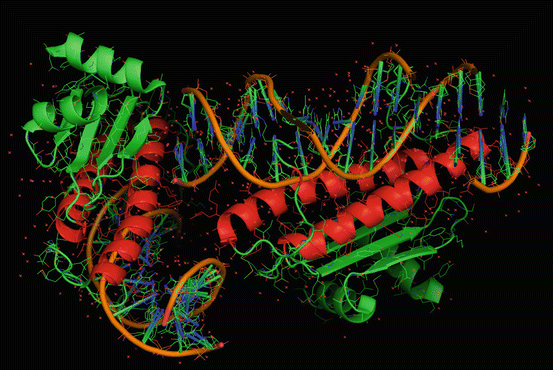

The nitrogenous bases in DNA are adenine, guanine, cytosine, and thymine. P= phosphate group D= deoxyribose sugar group A= adenine C= cytosine T= Thymine G= GuanineĪll of the nucleotides have the same sugar group and phosphate group, but different nitrogenous bases. Nucleotides consists of three groups:ĭNA nucleotides pairing with complimentary bases. DNA NucleotidesĭNA is made up of four building block monomers that are known as nucleotides. Additionally, some cells may still have DNA despite not having a nucleus, such as with bacterial cells. Notable cells that lack DNA include anucleate cells (or cells that lack a nucleus, such as red blood cells). Almost all cells have DNA, which is typically stored in the nucleus.
#Dna binding repertoire biology meaning code
DNA contains genes that code for the physical and metabolic information expressed in an individual while having the potential to be passed down to future offspring. DNA replication resulting in two identical DNA molecules from a single molecule Backgroundĭeoxyribonucleic acid, known simply as DNA, is the blueprint of all living things. Being a highly regulated process, multiple proteins are required both during and following replication to quickly correct mistakes and damages. Because the double helix is anti-parallel and DNA polymerase only synthesizes new DNA from 5′-3′, the template strand reading 3′-5′ results in a continuous, leading strand, while the template strand reading 5′-3′ results in a discontinuous, lagging strand. As a semiconservative process, a single molecule containing two strands of DNA in double helix formation is separated, where each strand serves as a template for the new DNA molecules. DNA replication is a process that occurs during cellular division where two identical molecules of DNA are created from a single molecule of DNA.


 0 kommentar(er)
0 kommentar(er)
